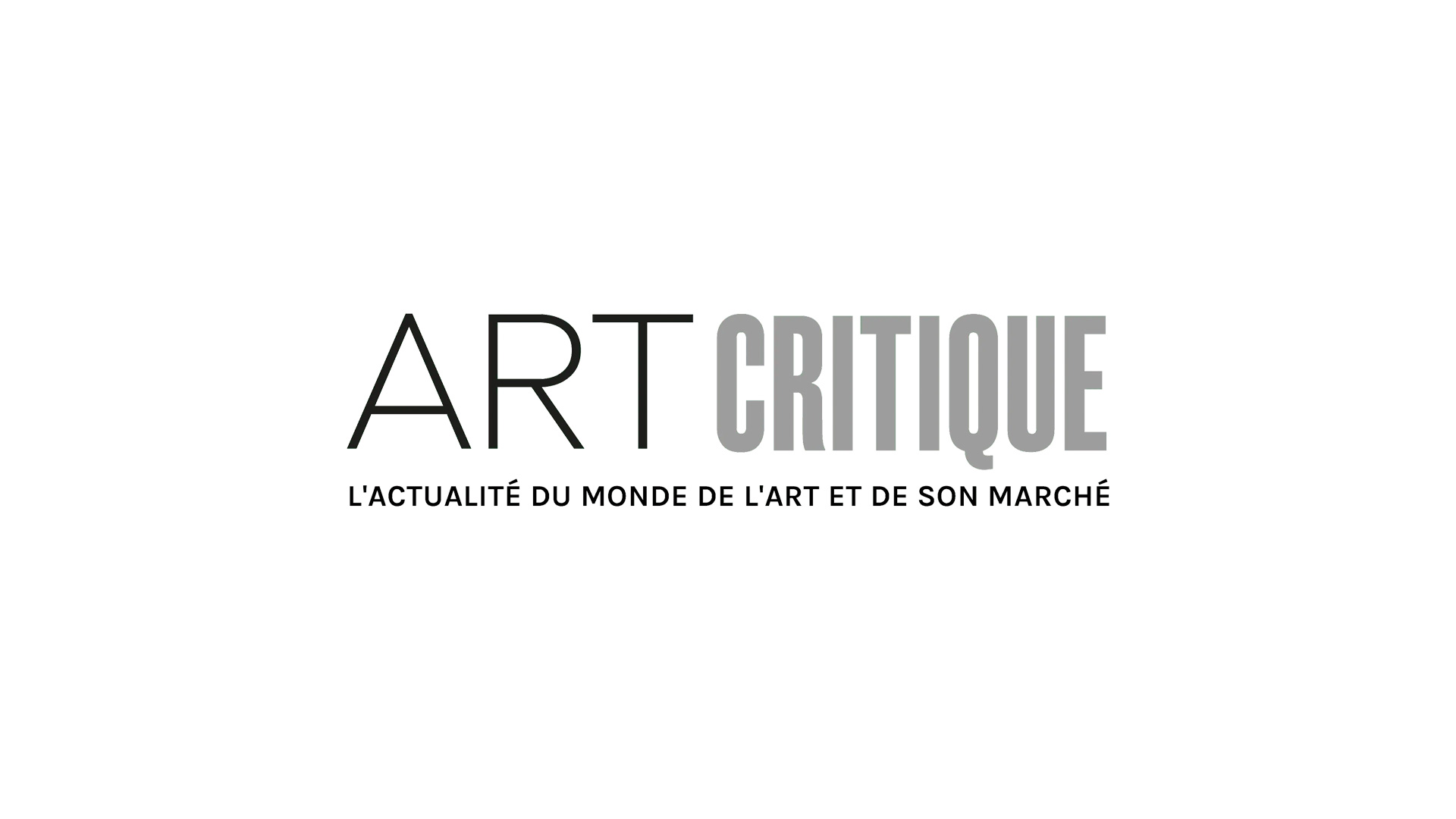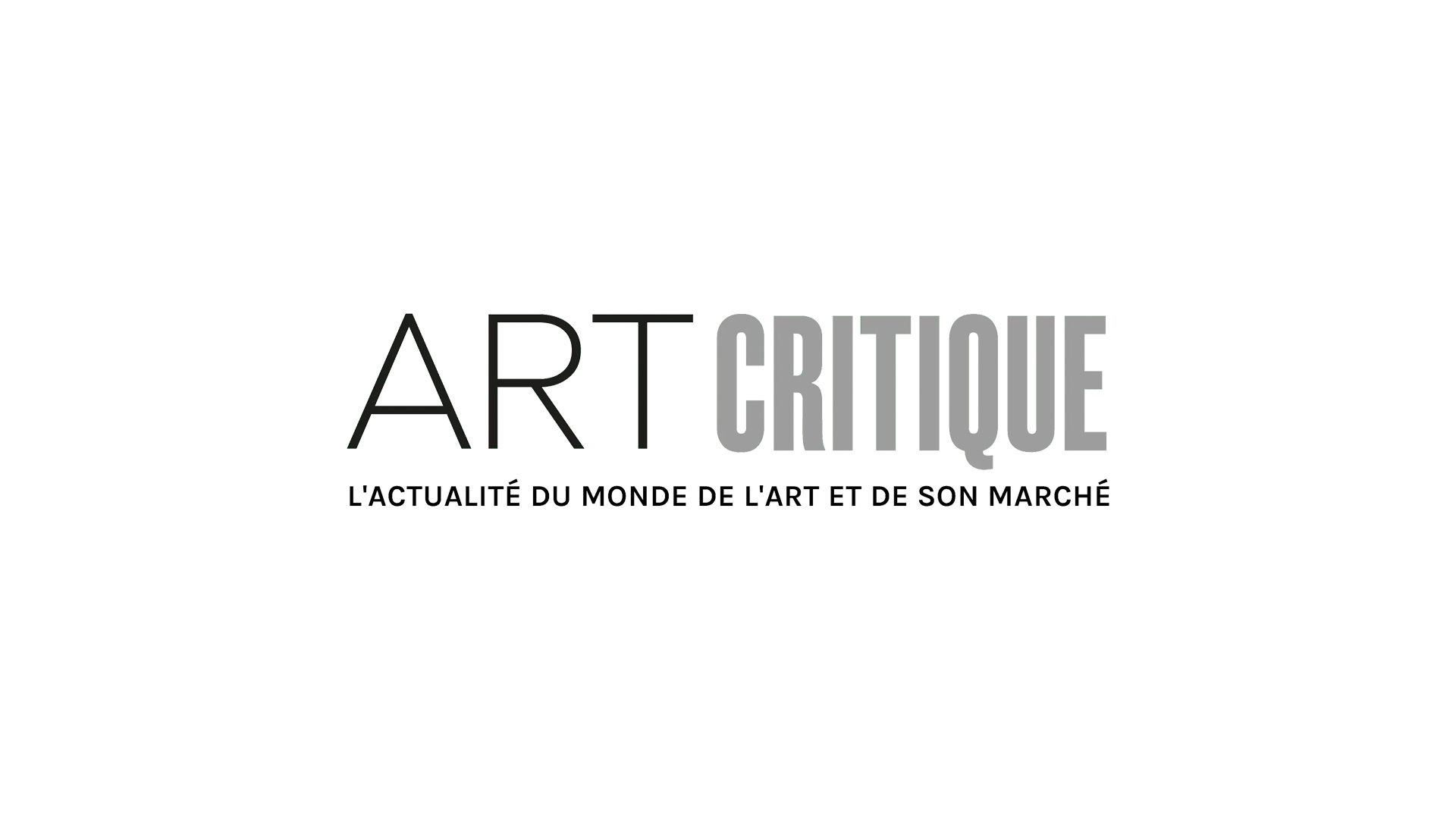Social distancing and other safety precautions have adjusted the way visitors experience museums, galleries, and more as lockdown restrictions have been relaxed. However, for libraries, whether it be a public library or the Victoria & Albert’s reading rooms, what happens when their main items are meant to be handled, thumbed through, and taken home, yet need to be safe? This is the focus of the REALM Project: to figure out when and if library materials are safe for staff and visitors.
Driven by the OCLC (a US non-profit membership organisation for libraries) and the Institute of Museum and Library Services, with research conducted by Battelle (an Ohio-based lab), the REALM (Reopening Archives, Libraries, and Museums) Project is producing science-based information for libraries, museums, and archival services. Their findings will invariably help institutions, large and small, as they navigate reopening during the pandemic.
“As museums across the [US] draft their reopening plans, we know that our exhibitions and galleries contain a vast variety of materials that are not addressed in state and federal public health guidelines,” said president and CEO of the Boston Children’s Museum Carole Charnow, who is also a member of the REALM Operations Working Group. “Therefore, we need up to date, science-based information specific to museums. For those of us that are hands-on, interactive institutions, this is especially critical.”
So far, results from the REALM Project have shed light on how long the virus SARS-CoV-2, which causes COVID-19, can survive on common library materials without intervention.
At the start of phase one of the project, researchers conducted a natural attenuation study of the life of SARS-CoV-2 on buckram cloth hardback books, softback books, paper pages of a closed book, mylar protective book jackets, and plastic DVD cases, which are the five most common library materials. After weeks of testing, scientists at Battelle found that when exposed to SARS-CoV-2, the virus was undetectable on all of these mediums after three days. Following this announcement last month, research continued.
During the end of June and throughout July, REALM Project researchers conducted studies on five more library standards: braille paper pages; glossy paper pages; magazine pages; children’s board books; and archival folders. Held at standard room temperatures with typical humidity conditions in order to mimic usual storage methods, the items were inoculated and placed in stacks or on shelves. After two days of quarantine, archival folders were free of SARS-CoV-2 and after four days, braille pages, glossy pages, and board books were also found to be free of SARS-CoV-2. However, even after four days of quarantine, magazine pages still showed trace amounts of the SARS-CoV-2 virus.
With this latest batch of results, the REALM Project will continue, conducting studies on more common library materials, the results of which are expected in the coming weeks.
“Any library worker would agree that people make good decisions when their decisions are based on facts and evidence,” Nate Hill, executive director of the Metropolitan New York Library Council and member of the REALM Project Steering Committee said in a statement. “The output of the REALM Project, both the systematic literature review and the lab test results, give library workers the information they need to make practical, informed decisions as they reopen their spaces and resume their services.”
More information regarding research that is part of the REALM Project can be found here.





